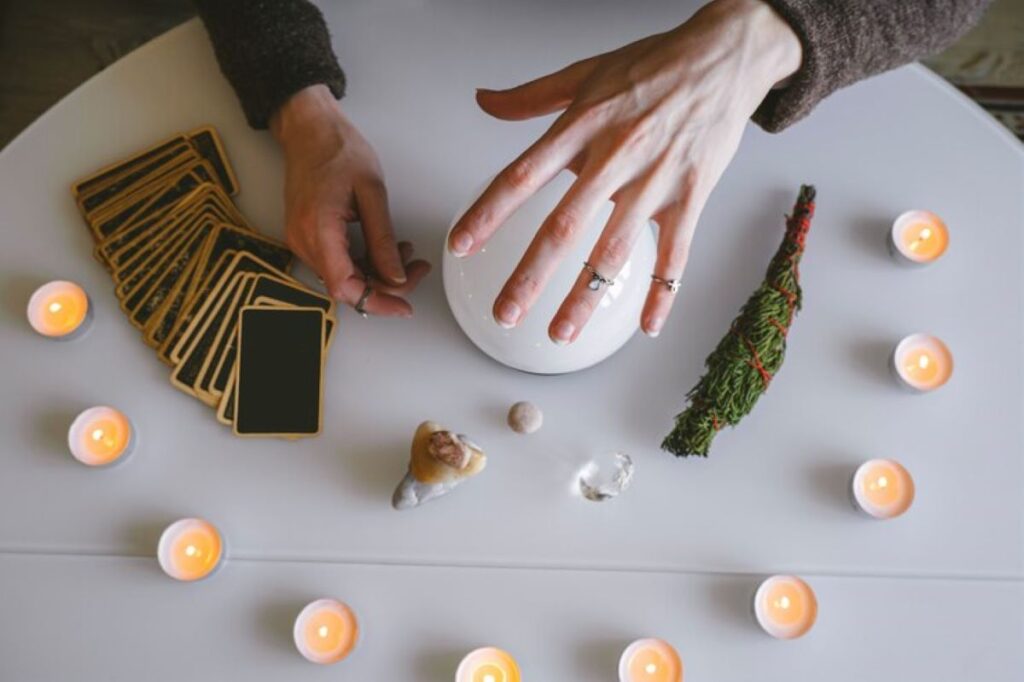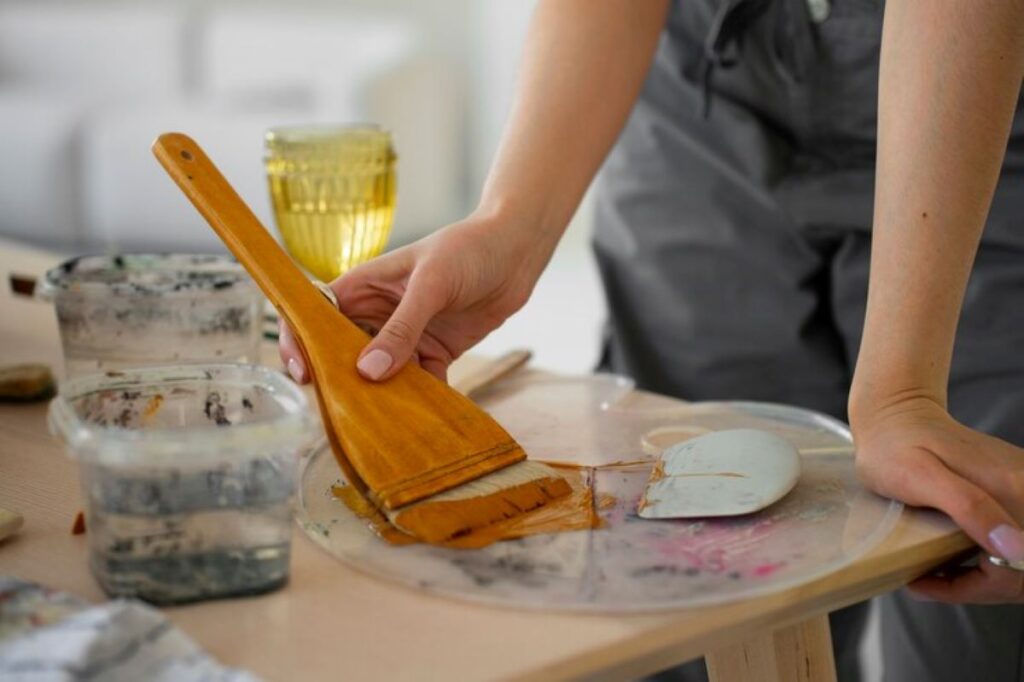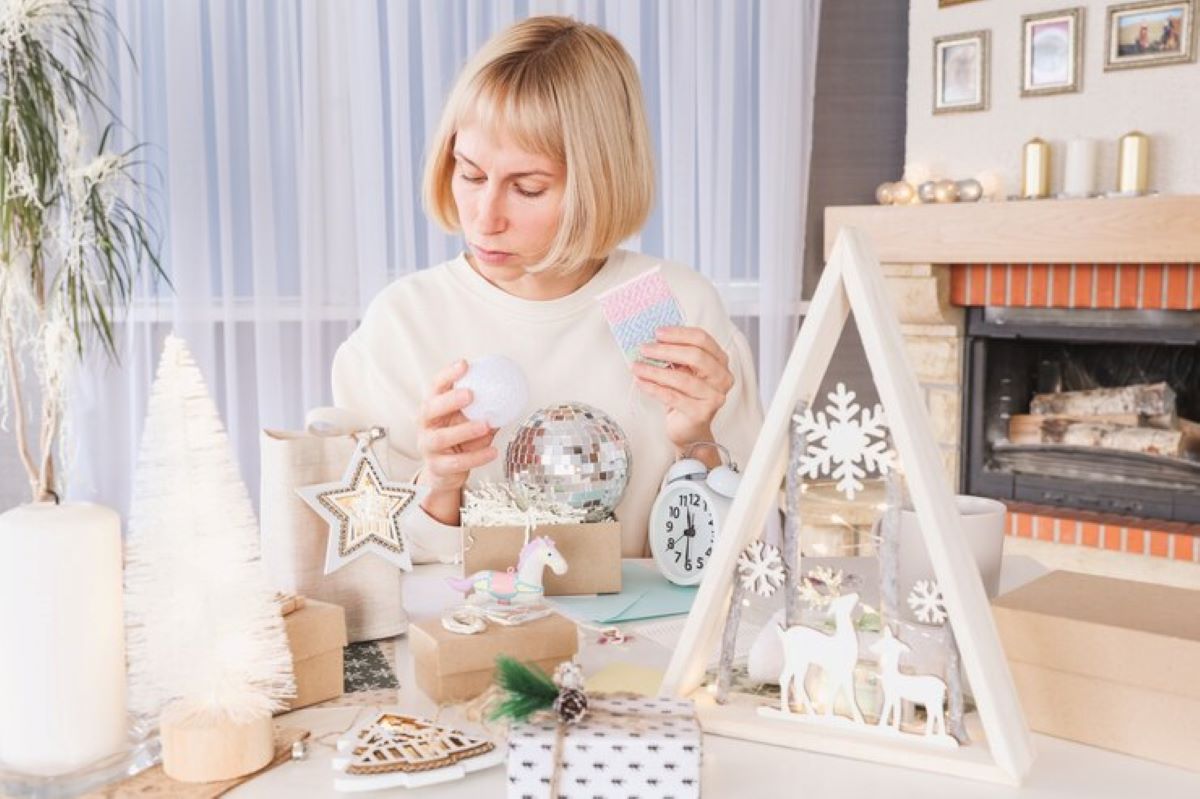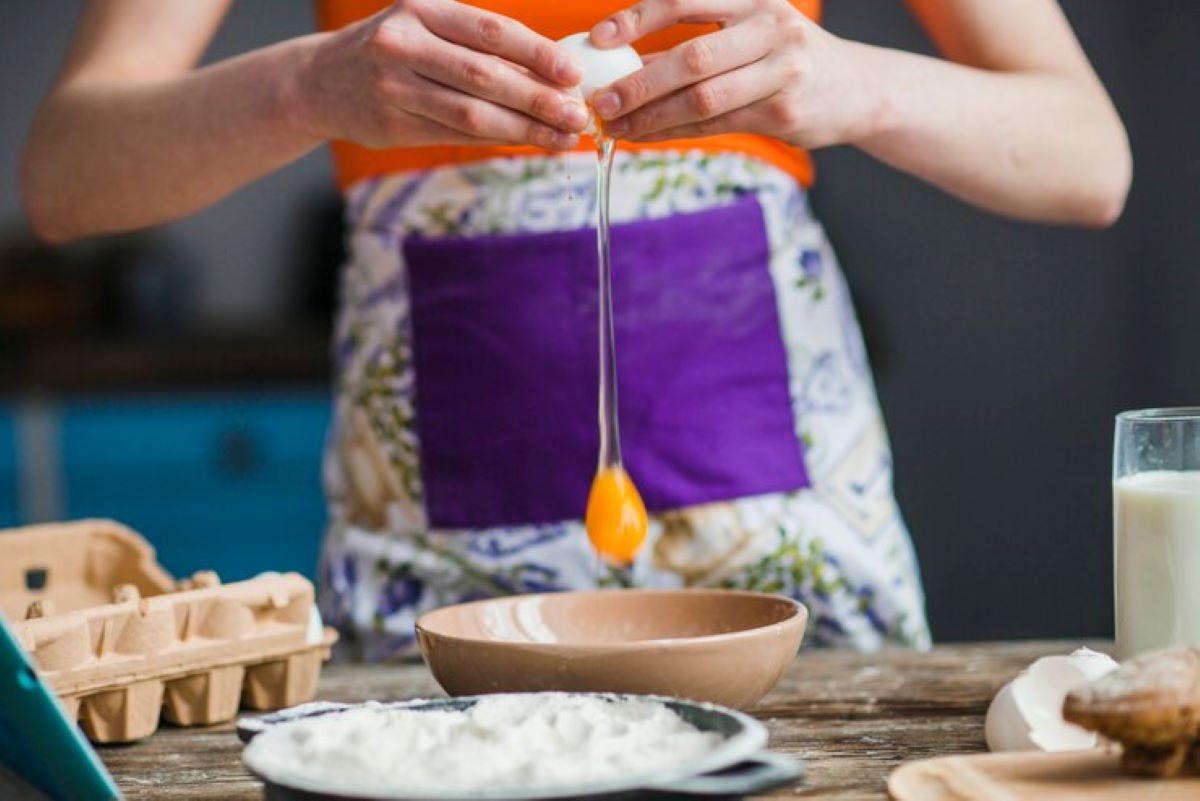Candle making is not only a fun and creative hobby but also a rewarding craft that allows you to express your artistic side while bringing warmth and ambiance to your home. Whether you’re looking to create personalized gifts or simply enjoy the process of crafting unique candles for yourself, a beginner candle making kit is the perfect way to embark on this exciting journey. In this article, we will explore the essential elements of candle making, key components of a beginner kit, and practical steps to help you become a candle-making pro.
Understanding the Basics of Candle Making
The Art and Science of Candle Making
Candle making is a blend of art and science, combining creativity with an understanding of materials and techniques. The art of creating beautiful candles lies in choosing colors, shapes, and fragrances that resonate with your personal style or the mood you want to set. Conversely, the science involves understanding the properties of different waxes, wicks, and scents, ensuring that the finished products burn properly and safely.
At its core, making candle kits requires careful attention to detail, experimentation, and a willingness to learn from mistakes. By grasping the fundamentals of candle making, you not only create aesthetically pleasing items but also gain insight into how to solve potential issues that may arise during the process. For instance, understanding the melting points of various waxes can help you avoid common pitfalls, such as uneven burning or excessive soot production. Additionally, experimenting with different fragrance combinations can lead to unique and personalized scents that elevate your candle-making game.
Essential Tools for Candle Making
Before you embark on your candle-making journey, it’s essential to gather the right tools. A typical beginner’s candle making kit should include the following:
- Wax: Paraffin, soy, or beeswax are popular choices.
- Wicks: Choose the appropriate size and type for your candles.
- Fragrance oils: These add scent to your candles.
- Color dyes: For adding color to your wax.
- Double boiler or melting pot: This is important for safely melting wax.
- Thermometer: To monitor wax temperature accurately.
- Candle containers or molds: Essential for shaping your candles.
- Stirring utensils: Wooden or silicone spoons are perfect for mixing.
Making sure you have all the necessary tools will enhance your candle-making experience and improve the quality of your creations. Beyond the basics, consider investing in a scale for precise measurements, as the right ratios can significantly affect the final product. Additionally, a heat-resistant surface can protect your workspace from spills and splatters, allowing you to focus on the creative process without worry. As you gain more experience, you might also explore advanced tools like wick centering devices or specialized pouring pitchers, which can help streamline your workflow and elevate your candle-making skills to the next level.
Components of a Beginner Candle Making Kit
Different Types of Waxes and Their Uses
The type of wax you choose will influence the final look, scent throw, and performance of your candle. Here are some common types of waxes:
- Paraffin Wax: This is the most commonly used wax for candle making due to its affordability and excellent scent-holding ability.
- Soy Wax: A natural alternative made from soybeans, it burns cleaner and is biodegradable, making it an eco-friendly choice.
- Beeswax: Known for its natural honey scent and beautiful golden color, beeswax candles burn longer and cleaner than paraffin.
Select the wax that best suits your needs, keeping in mind the desired characteristics of your finished candles. For instance, if you are looking for a candle that burns slowly and emits a warm glow, beeswax might be your best bet. Conversely, if you want a vibrant color palette and a strong fragrance, soy wax could be the ideal choice. Additionally, there are specialty waxes like palm wax and gel wax that can add unique textures and appearances to your creations, allowing for even more customization in your candle-making journey.
Importance of Quality Wicks
The wick is a crucial component that affects how well your candle burns. Using the right wick ensures that the candle burns evenly, produces a good scent throw, and minimizes soot production. Wicks can vary in size, material, and construction. When choosing a wick, consider:
- The type of wax you’re using.
- The diameter of your candle.
- Whether you want a cotton, wood, or hemp wick.
Testing different wicks is often necessary to find the perfect match for your specific candle recipe. For example, wood wicks can create a delightful crackling sound reminiscent of a fireplace, adding an extra sensory layer to your candle experience. Additionally, the length and thickness of the wick can significantly impact the burn time and flame size, so it’s essential to experiment to achieve the ideal balance. Remember, a well-chosen wick not only enhances the candle’s performance but also contributes to the overall aesthetic, as some wicks can be beautifully displayed above the wax surface.
Role of Fragrance Oils in Candle Making
Fragrance oils add a captivating aroma to your candles, enhancing their sensory appeal. When selecting fragrance oils, consider their compatibility with your wax type, as some oils perform better than others. Here are a few tips:
- Follow recommended usage rates, usually between 6% and 10% of the total wax weight.
- Test small batches to find the right fragrance strength.
- Remember that some scents may morph while burning, so test thoroughly.
Experimenting with different fragrance combinations can result in unique and enjoyable candles. For instance, blending floral scents with earthy undertones can create a soothing ambiance, perfect for relaxation. Additionally, seasonal fragrances, such as pumpkin spice or pine, can evoke memories and enhance the atmosphere of your home. Don’t forget to consider essential oils as well; they not only provide delightful scents but also offer aromatherapy benefits. As you explore the world of fragrances, keep a journal of your experiments to track which combinations resonate most with you and your intended audience.

Step-by-Step Guide to Using Your Candle Making Kit
Preparing Your Workspace
Before diving into candle making, it’s crucial to set up a clean and organized workspace. Choose a work area that is well-ventilated and free of clutter. Make sure to cover your surfaces with newspaper or an old tablecloth to catch any spills. Gather all your tools and materials, ensuring everything is within reach to streamline the process. Safety is also paramount, so wear appropriate protective gear, such as gloves and goggles, to prevent any accidents. Additionally, consider having a fire extinguisher nearby, especially if you’re working with large quantities of wax. This precaution will give you peace of mind as you immerse yourself in the creative process.
It can also be helpful to have a small container of water on hand for any wax spills or accidents. This is particularly important if you’re using a hot plate or stove, as it can quickly cool down any wax that may have dripped onto your work surface. Organizing your materials in labeled containers can save you time and keep your workspace tidy, allowing you to focus on the art of candle making without unnecessary distractions.
Melting Your Wax
Once your workspace is prepared, the first step in the candle-making process is melting your wax. Use a double boiler or a melting pot to ensure that the wax is melted gently and consistently. Here are some tips for successful melting:
- Heat the wax to the recommended temperature for your chosen wax.
- Stir gently to avoid air bubbles.
- Use a thermometer to monitor the temperature accurately.
Once the wax is fully melted, remove it from the heat source and allow it to cool slightly before adding any fragrance oils or colors. It’s important to note that different types of wax, such as soy, paraffin, or beeswax, may have varying melting points, so always refer to the instructions provided with your kit. If you’re feeling adventurous, you can experiment with blending different wax types to create unique textures and scents. This not only enhances the aesthetic appeal of your candles but also allows you to discover new combinations that might become your signature scent!
Adding Fragrance and Color
When your wax reaches the right temperature, it’s time to add fragrance oils and color dyes. If you’re incorporating color, do so before adding the fragrance to ensure even distribution. Use a clean stirring utensil to mix everything thoroughly, allowing the aromas to blend and saturate the wax evenly. Keep in mind that the scent will be more subtle when the candle is burning, so aim for a slightly stronger fragrance than what seems perfect when mixed. You might also want to consider the type of fragrance oil you’re using; some oils are more potent than others, and experimenting with different brands can lead to delightful discoveries.
Moreover, if you’re looking to create a layered candle, allow the first layer to set slightly before adding the next color or scent. This technique not only adds visual interest but also allows you to create a multi-sensory experience as each layer burns down. Remember to document your experiments in a candle-making journal, noting the ratios of wax, fragrance, and color used, so you can replicate your favorite blends in the future.
Pouring and Setting Your Candle
Now that your wax is ready, it’s time to pour it into your prepared molds or containers. Here are some key steps to follow:
- Secure the wick in the center of the container or mold.
- Slowly pour the melted wax, taking care to avoid splashing.
- Leave a small space at the top of the container for any decorative elements.
After pouring, allow the candle to cool at room temperature. This process can take several hours, so be patient. Once fully set, you can trim the wick to about 1/4 inch above the wax surface, and your candle will be ready to use! If you’re feeling artistic, consider adding embellishments to the top of your candle before it fully sets. Dried flowers, herbs, or even glitter can add a personal touch that makes your candle truly unique.
As the candle cools, you may notice some imperfections on the surface. Don’t worry! These can often be smoothed out by using a heat gun or a hairdryer on a low setting to gently melt the top layer. This technique can help achieve a professional finish, making your candles not only a joy to burn but also a beautiful addition to your home decor. Remember, the beauty of candle making lies in its imperfections, so embrace the creative journey and enjoy the process!
Troubleshooting Common Candle Making Problems
Dealing with Uneven Tops
One common issue when making candles is the formation of uneven tops. This can happen due to rapid cooling or pouring at the wrong temperature. To fix this, use a heat gun or a hair dryer on a low setting to gently warm the surface of the candle until smooth. Always ensure you pour at the right temperature to minimize this problem in the first place.

Fixing Sinkholes
Sinkholes occur when air pockets form in the wax, resulting in depressions on the surface. To remedy this, you can reheat the top layer of the candle to fill in the gaps or pour a small amount of melted wax over the top. Regularly monitoring the temperature during pouring can prevent this issue altogether.
Preventing Wick Movement
If your wick shifts during the cooling process, it can lead to an uneven burn. To prevent this, secure the wick using a wick holder or a pencil laid across the top of the container to keep it centered as the wax sets. This simple method works effectively to maintain wick stability.
By understanding the basics of candle making, utilizing the right components, and following a structured process, you’re well-equipped to create beautiful and aromatic candles in the comfort of your home. Embrace the creativity, enjoy the process, and let your candle-making journey begin!
Related : The Best Candle Making Kits Australia: A Guide to Getting Started


